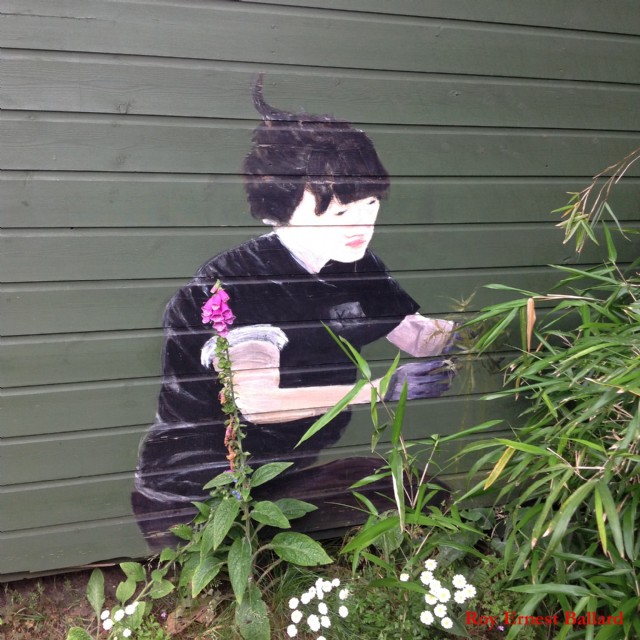On forging a sword
Wayland the Wanderer taught us how to find
the tough, bright iron, never prey to rust,
that not from earth but from the sky is mined
but for myself I’d sooner put my trust
in crucibles and bright electric arcs
with iron, carbon, tungsten, manganese,
vanadium… assayed by fiery sparks
and spectrographs. We mix them as we please,
surpassing any ancient recipe,
katana of Japan, Toledo steel,
in fiery melts, controlled to fine degree.
We get our billet, stamped with maker’s seal
and those proportions that the chemist found,
in heavy bars of alloy, shiny, round.
It is the time for glowing steel and prayers.
A dragon’s breath comes flaming from the hearth,
exhaling poisons in sulphurous flares.
We lay the billet in its burning bath
until with cheerful red it glows but not
that brilliant lustre with which iron burns,
consuming it to dust in fire too hot.
The bellows moderates, the colour turns.
Red-hot from hearth it crinkles empty air.
It eats all flesh and so we dread its touch,
however leather-skinned, and yet we dare
to hold and carry it with iron clutch.
Unto its sister where the hammer swings,
the billet flattens and the anvil sings.
Unyielding mother of the shining sword,
the anvil has a merry tone and clear.
Her warlike rhythms ring out chord by chord
to shape the weapons of the chevalier.
She turns to a harmonious refrain
that pierces to the heights of heaven’s clouds.
Musicians listen, play the theme again,
in far-off cities to delighted crowds.
The billet bends beneath the hammer blows
to sickle shape, a section of a wedge,
the nascent figure that the craftsman knows
will straighten out to form a cutting edge.
We hear the swish of tyres in the rain,
the sough of pebbles on the stormy beach.
The best of steel is quenched in warm champagne
to dull its colour from the cherry-peach.
Unwillingly it takes the curse of Cain
in busy bubbles, clouds of scolding steam,
and hisses sibilant, a viper’s scream
and then it’s sullen, cold and rough of coat,
embrittled as the thinnest champagne glass
but innocent of threat to any throat
and fit for cutting neither flesh nor grass.
It’s now reheated, scratched with brick to show
the oxide colours: Oxford blue for blades
that do not break but bend beneath a blow.
Light blue to give the edge that never fades
but there are secrets that cannot be told
of different tempers, using clay and oil,
of shattering to shards, of fold on fold
to forge anew with added sweat and toil.
Some things are governed by a rule of three:
blade, edge and tang make up the trinity.
A chisel cuts the red-hot steel like cheese,
with deadly cuttings smoking on the floor.
When cold it has no eagerness to please:
the hardest chisel barely leaves a score.
A grainy whetstone at the waterspout
unpeels the chrysalis. The dragonfly’s
pearlescent wings are eager to be out.
The blade is fixed and polished as it lies
unmoving, inch by inch, in slaveries
of toilsome work with fine and finer stone
till rich striations curl in traceries
to show the sword has patterns of its own.
This is the ending of the swordsmith’s skill:
the naked blade is polished, straight and true.
It is an ornament; not meant to kill,
to whistle in the wind, to stab and hew.
It can escape the gripping hands of guilt,
remain unfitted for the ranks of war,
until it has been furnished with a hilt
and then it’s in state of grace no more.
A sword can never sleep when in the hand;
its cuts run deep; our blood soaks into sand.
 v
v